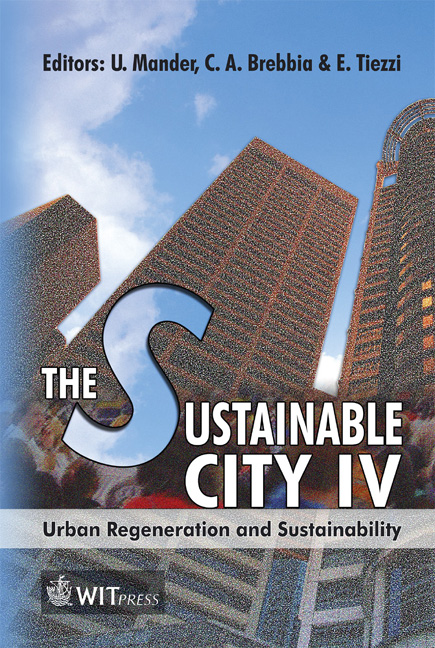The Burglar As A Space Explorer In His Own Neighborhood
Price
Free (open access)
Transaction
Volume
93
Pages
10
Published
2006
Size
540 kb
Paper DOI
10.2495/SC060641
Copyright
WIT Press
Author(s)
A. van Nes
Abstract
An area’s social and spatial composition influences burglary rates in built-up environments. A more adequate understanding of the relationship between an area’s social and spatial composition requires data about burglars’ home addresses and about the homes they intruded. For consideration, exemplary investigation data of 39 burglars caught operating in the Dutch town of Haarlem were obtained from the regional authorities. In 32 of the 39 cases the burglar lived within a radius of 3 km away from the homes they burgled. In most cases, the burglars operated in those areas in their neighbourhood that were spatially most segregated and that had the most broken up street network. As this initial investigation suggests, burglars have a detailed practical knowledge of the areas in which they operate. Apparently, their know-how results not just from information about their victims and their neighbours’ presence, but also from information on comprehensive spatial conditions. The more burglars living in an area, the higher the burglary rates. However, the burglaries take place in the spatially most segregated and unconstituted part of the burglars’ own neighbourhood. Keywords: spatial configuration, burglars home addresses and their break-ins, urban segregation. 1 Conditions for break ins Being able to burgle a home, a burglar must somehow break into it unnoticed by neighbours or passers by. Similarly, the burglar must leave the home with the stolen items unseen. He needs alternative escape routes in case he meets someone on his way. Moreover, he must hide away the stolen items as soon as possible at a safe
Keywords
spatial configuration, burglars home addresses and their break-ins, urban segregation.





